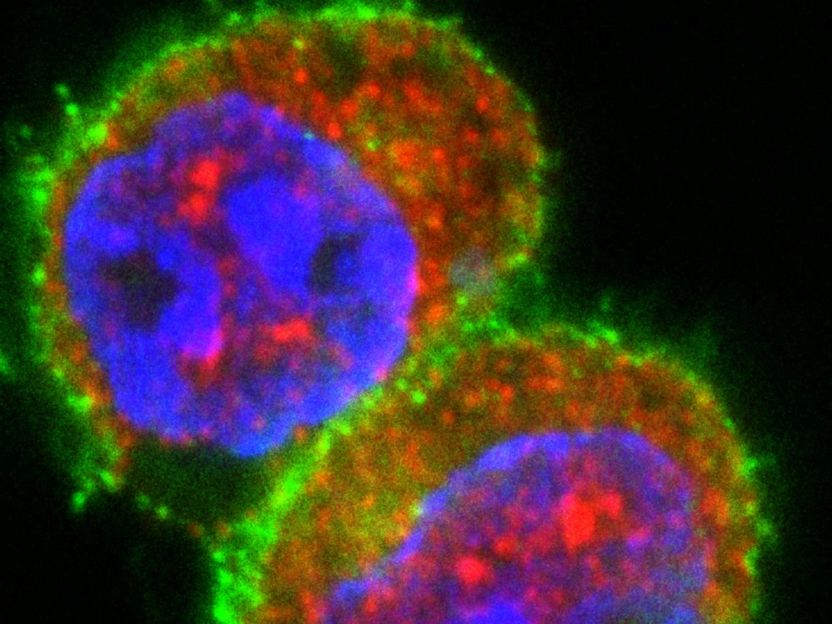Proximagen and Altacor sign Collaborative Research and Development Agreement for Proximagen’s 5HT2c programme in Glaucoma
Advertisement
Proximagen Group plc and Altacor Limited announced that they have signed a Collaborative Research and Development Agreement. Under the terms of the Agreement Altacor will undertake the research and development of PRX00933, the lead compound from Proximagen’s 5HT2c programme, to treat glaucoma. Altacor also gains an option for exclusive global rights to ophthalmic indications with Proximagen retaining all rights outside of ophthalmology. The financial terms of the Agreement were not disclosed.
Proximagen’s 5HT2c programme was acquired as part of the purchase of Cambridge Biotechnology Limited by Proximagen from Swedish Orphan Biovitrum and includes the lead compound PRX00933. This compound is an agonist at the 5HT2c receptor and has the potential to treat obesity, diabetes, epilepsy, urinary incontinence, and psychiatric and ophthalmology disorders. The compound was initially developed as a targeted approach for controlling the brain’s satiety centre and thus achieving weight control. PRX00933 has been dosed in over 480 subjects, was shown to be safe and well tolerated, and in a randomised, placebo controlled, double blind phase II study demonstrated significant weight reduction in patients.
5HT2c agonists have recently shown promise as a new treatment of glaucoma by reducing intraocular pressure in industry standard models of glaucoma, a chronic condition that results in progressive loss of vision and which is the second most common cause of blindness. Altacor and Proximagen will conduct a programme of collaborative research to develop PRX00933 in glaucoma and will use the existing clinical package to facilitate the development. Altacor has expertise in the development of glaucoma products and this new mechanism is complementary to its existing pipeline.
Most read news
Other news from the department business & finance

Get the life science industry in your inbox
By submitting this form you agree that LUMITOS AG will send you the newsletter(s) selected above by email. Your data will not be passed on to third parties. Your data will be stored and processed in accordance with our data protection regulations. LUMITOS may contact you by email for the purpose of advertising or market and opinion surveys. You can revoke your consent at any time without giving reasons to LUMITOS AG, Ernst-Augustin-Str. 2, 12489 Berlin, Germany or by e-mail at revoke@lumitos.com with effect for the future. In addition, each email contains a link to unsubscribe from the corresponding newsletter.
























































